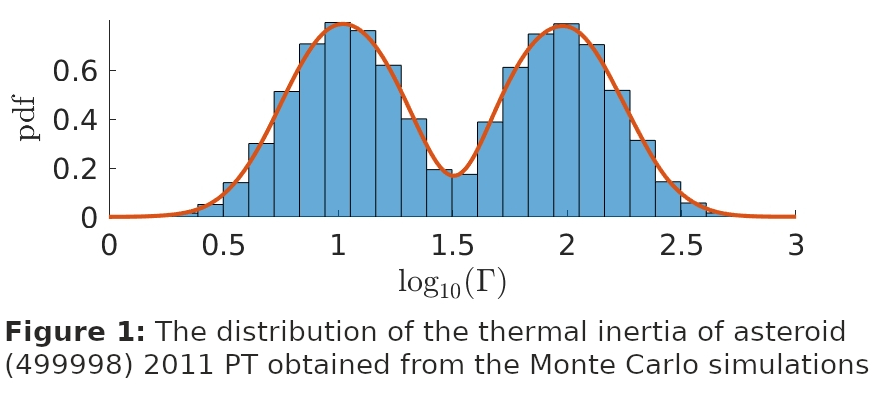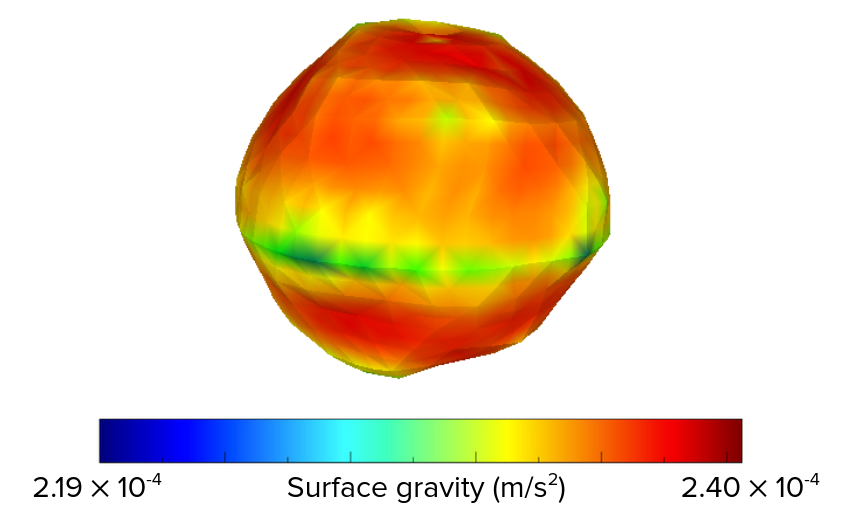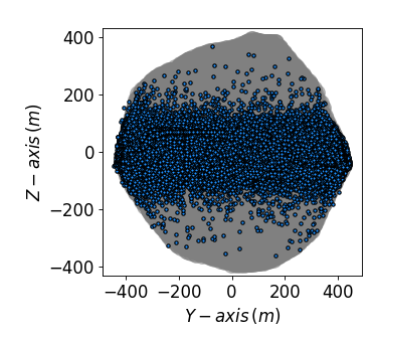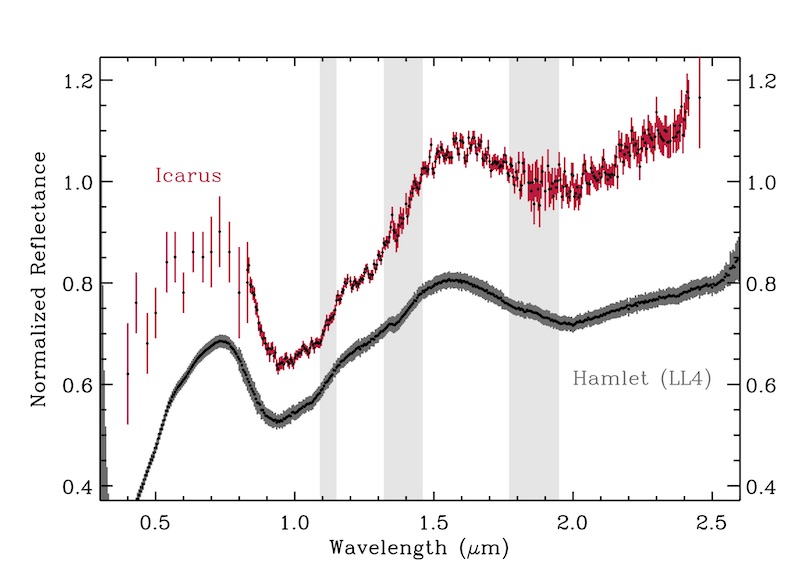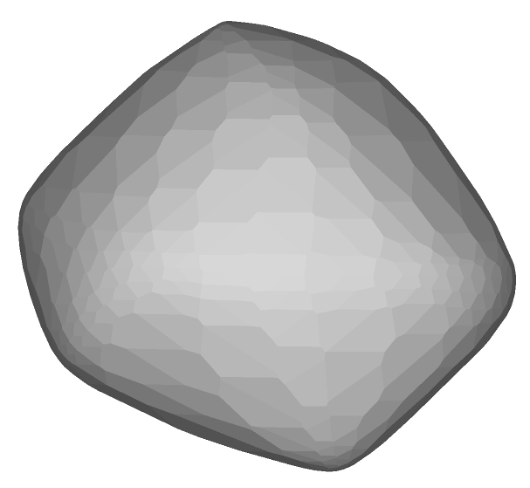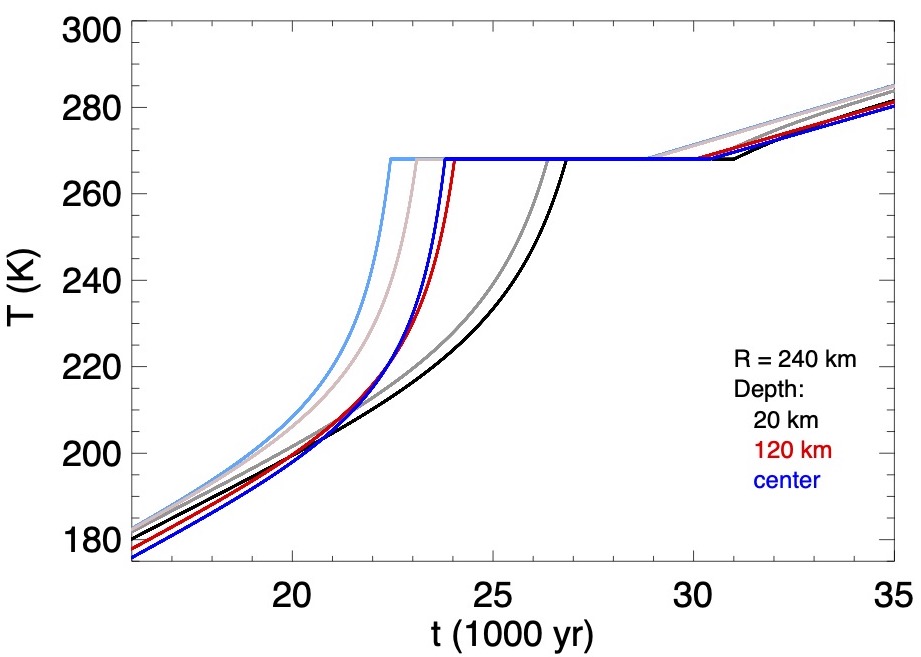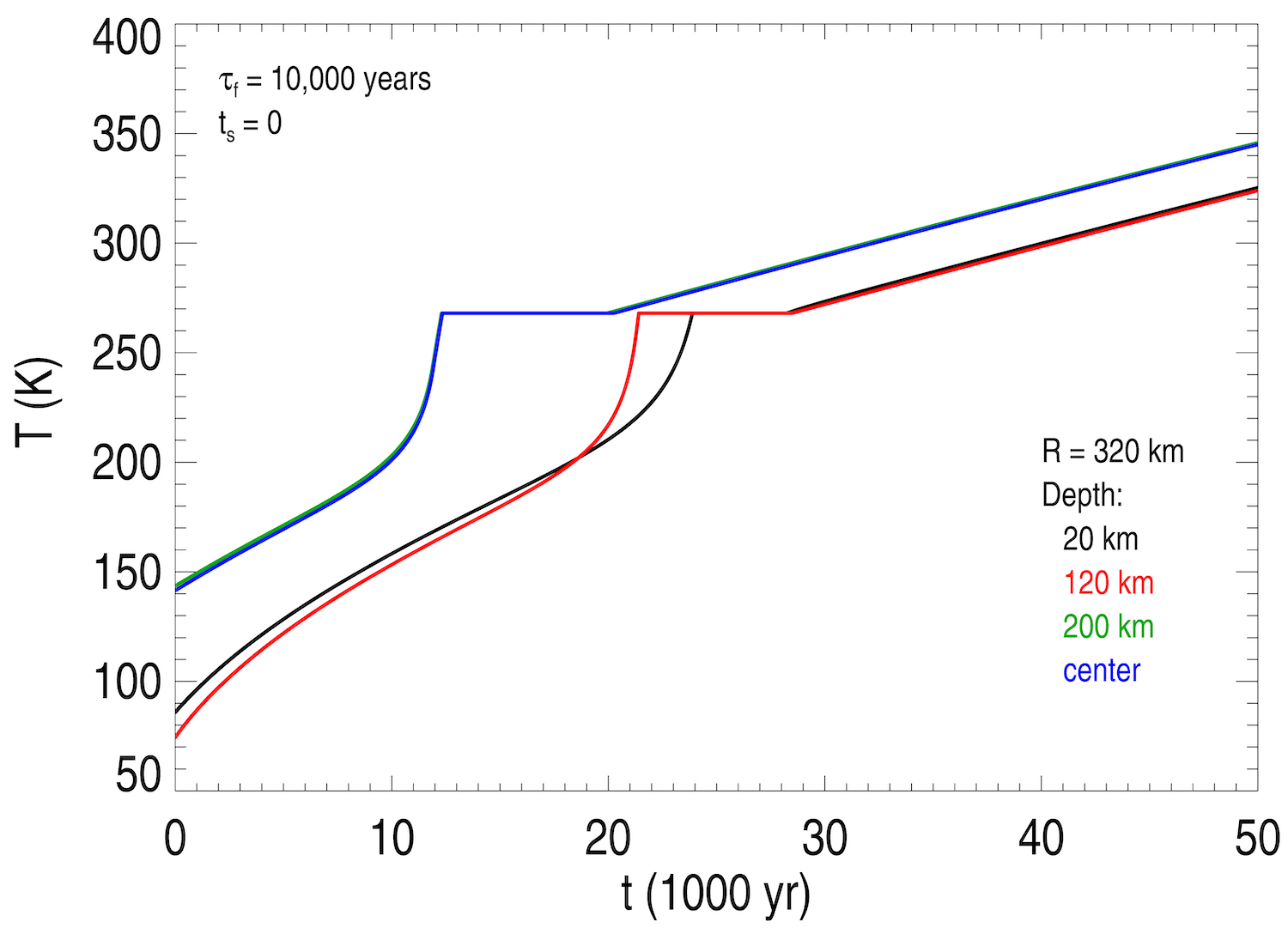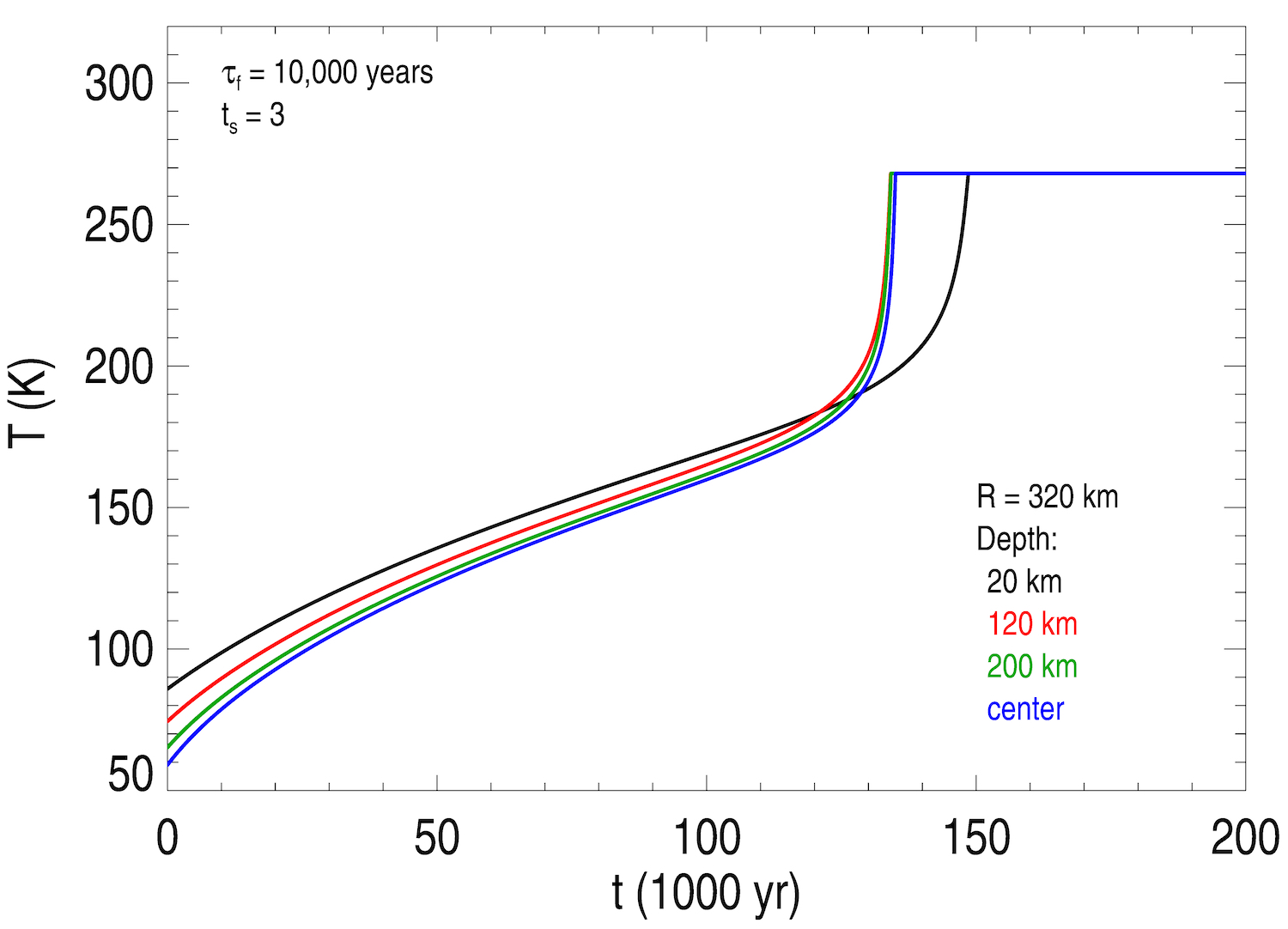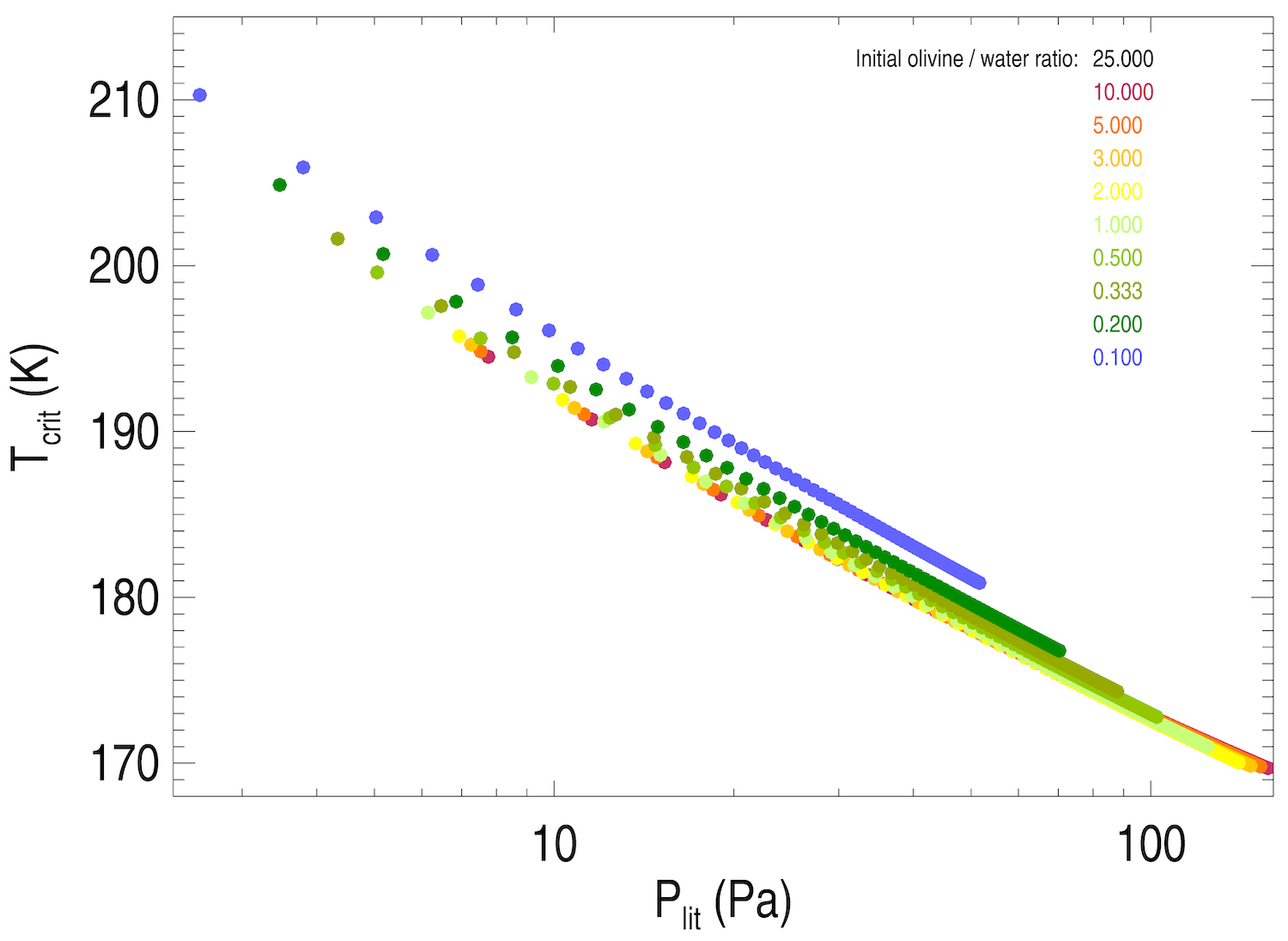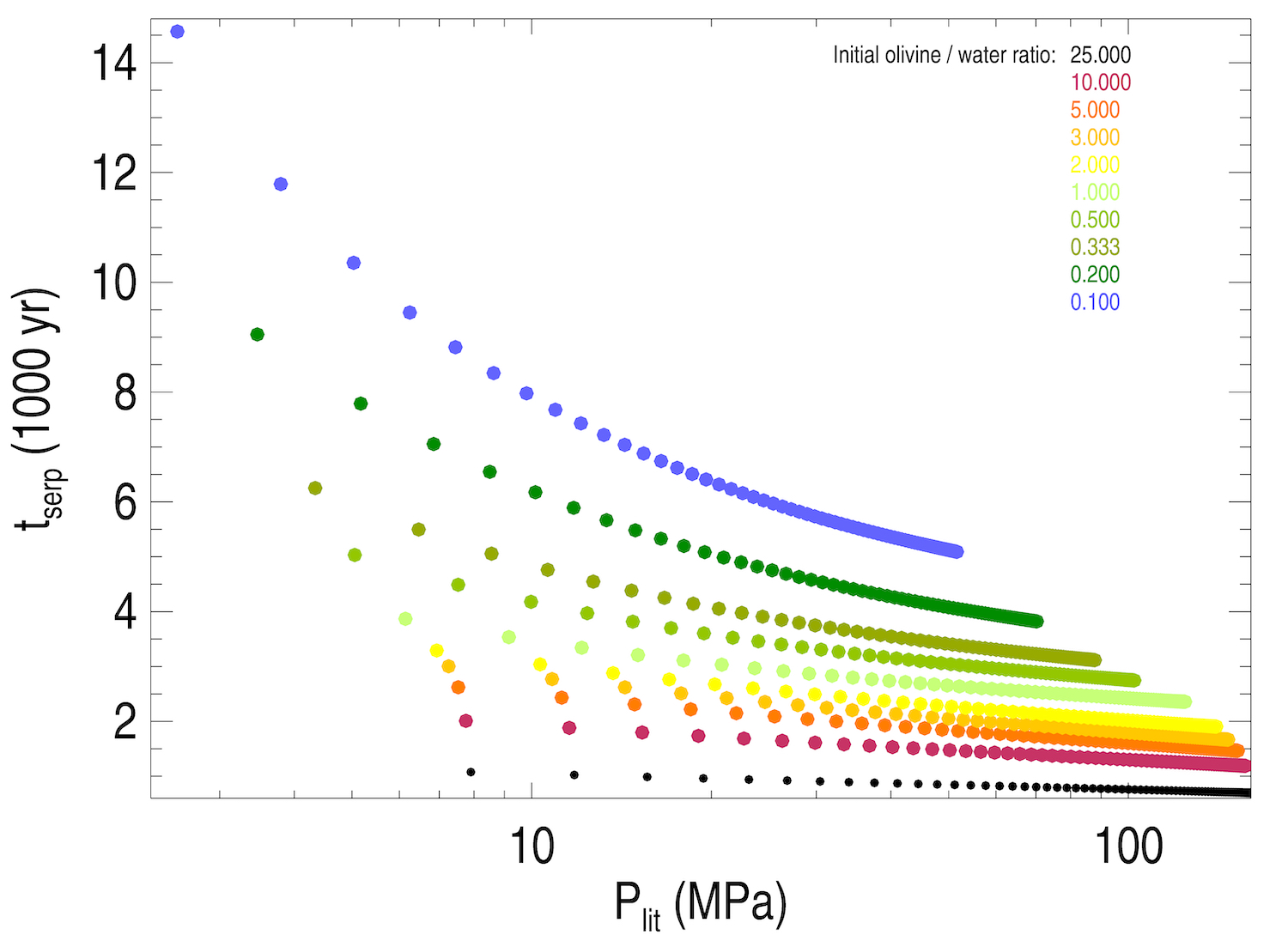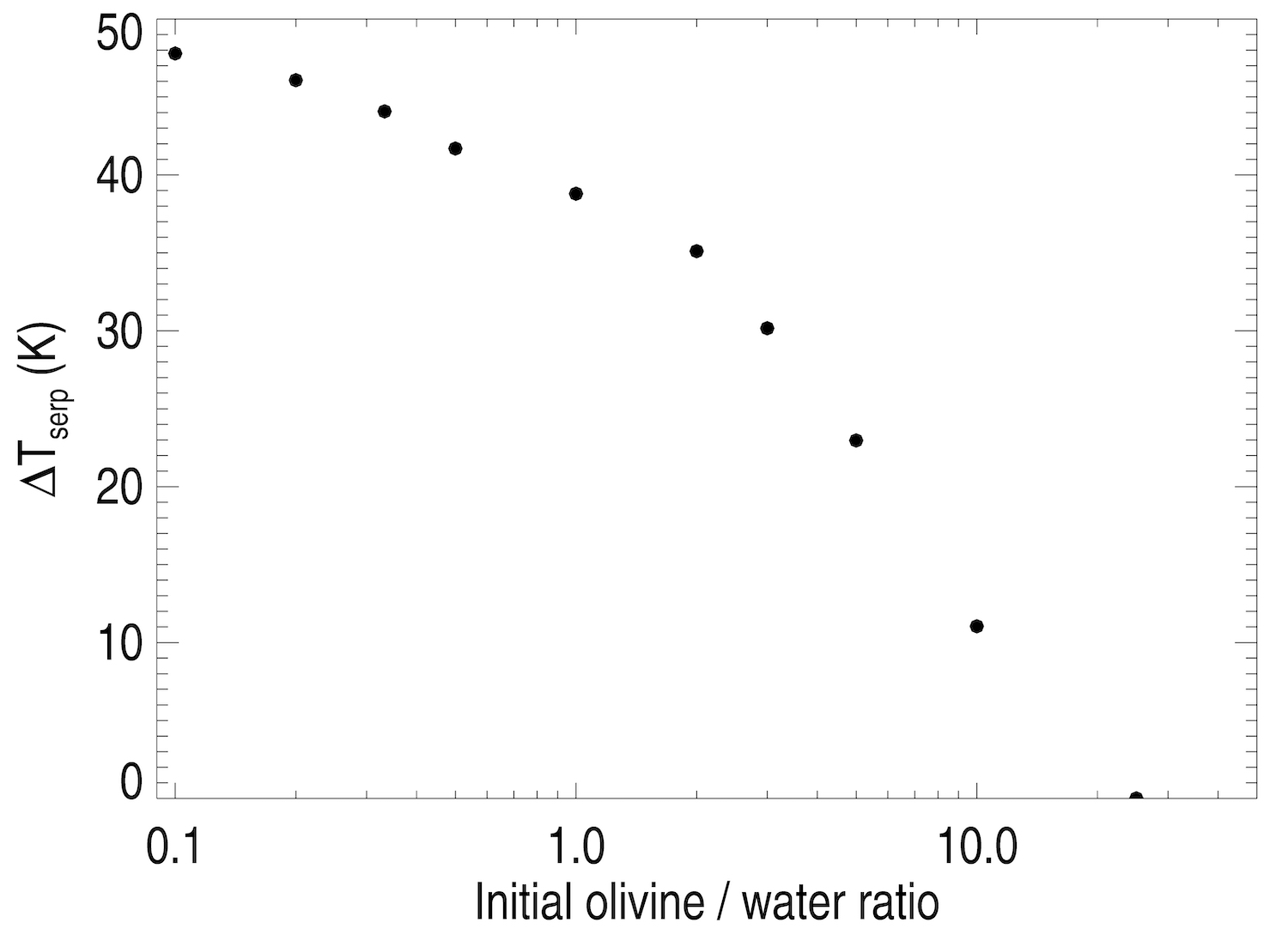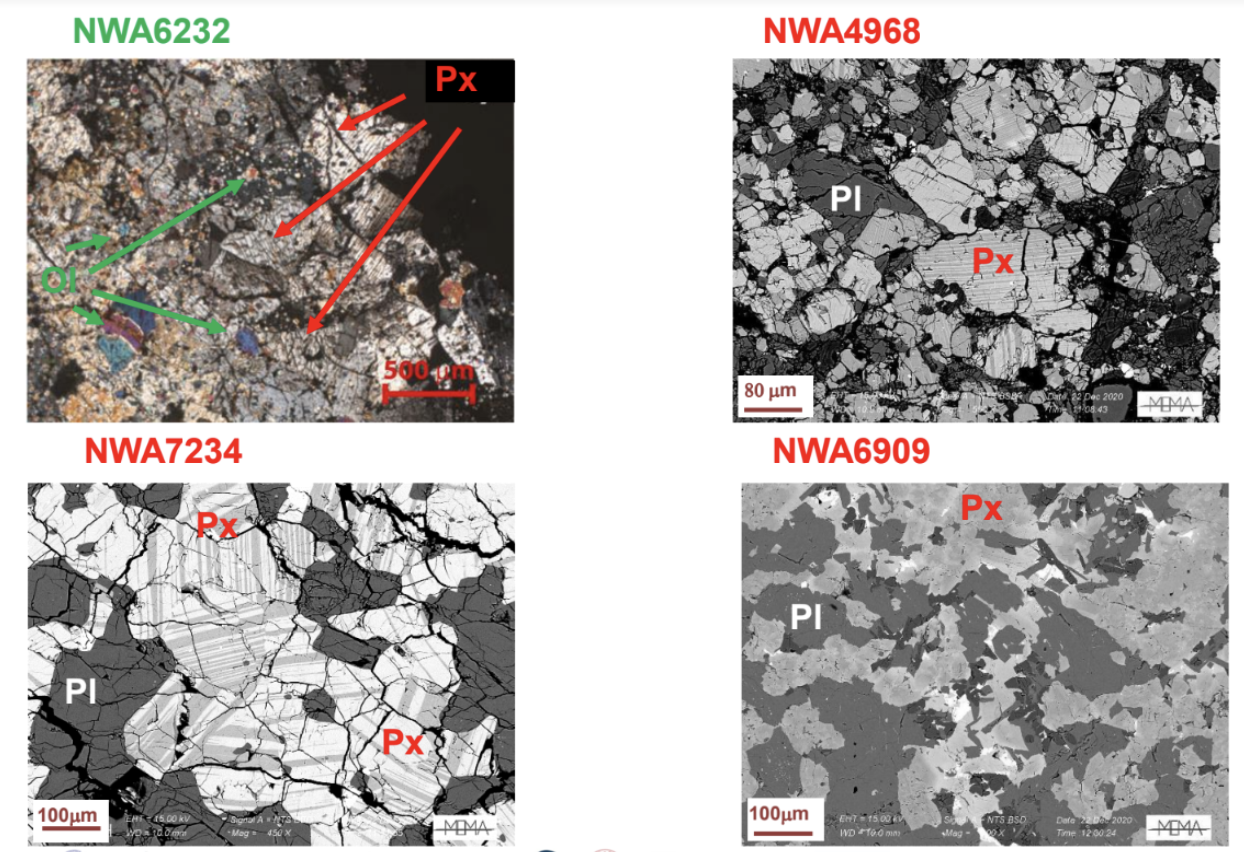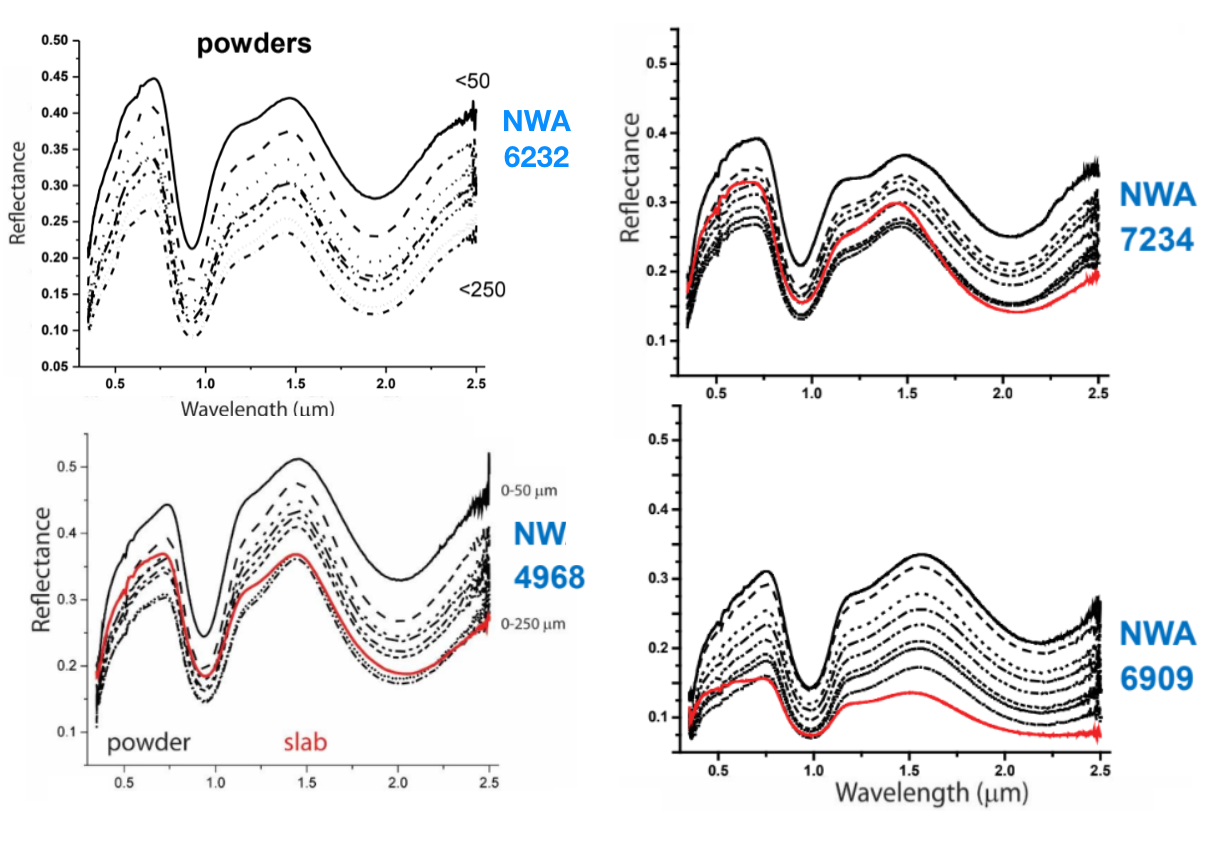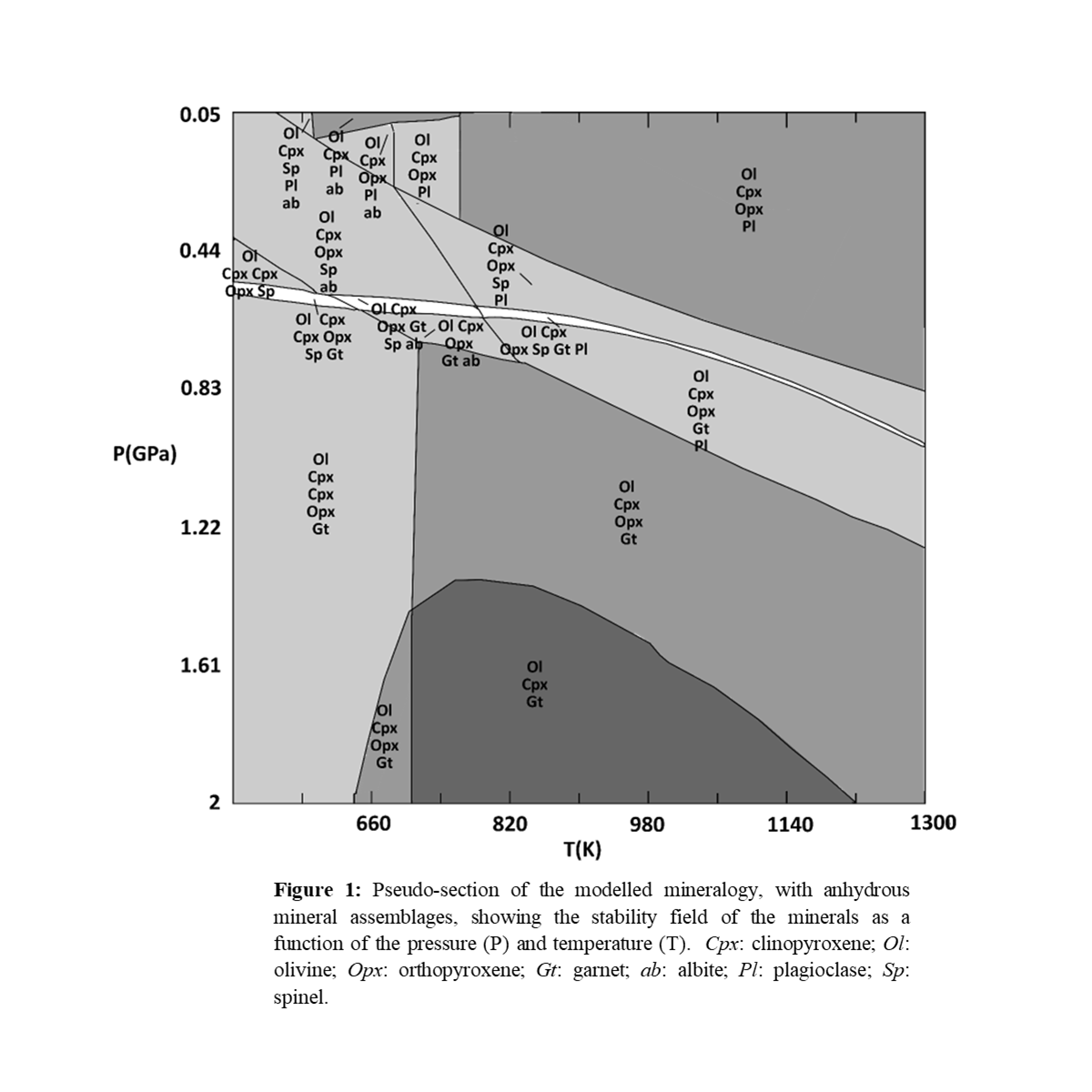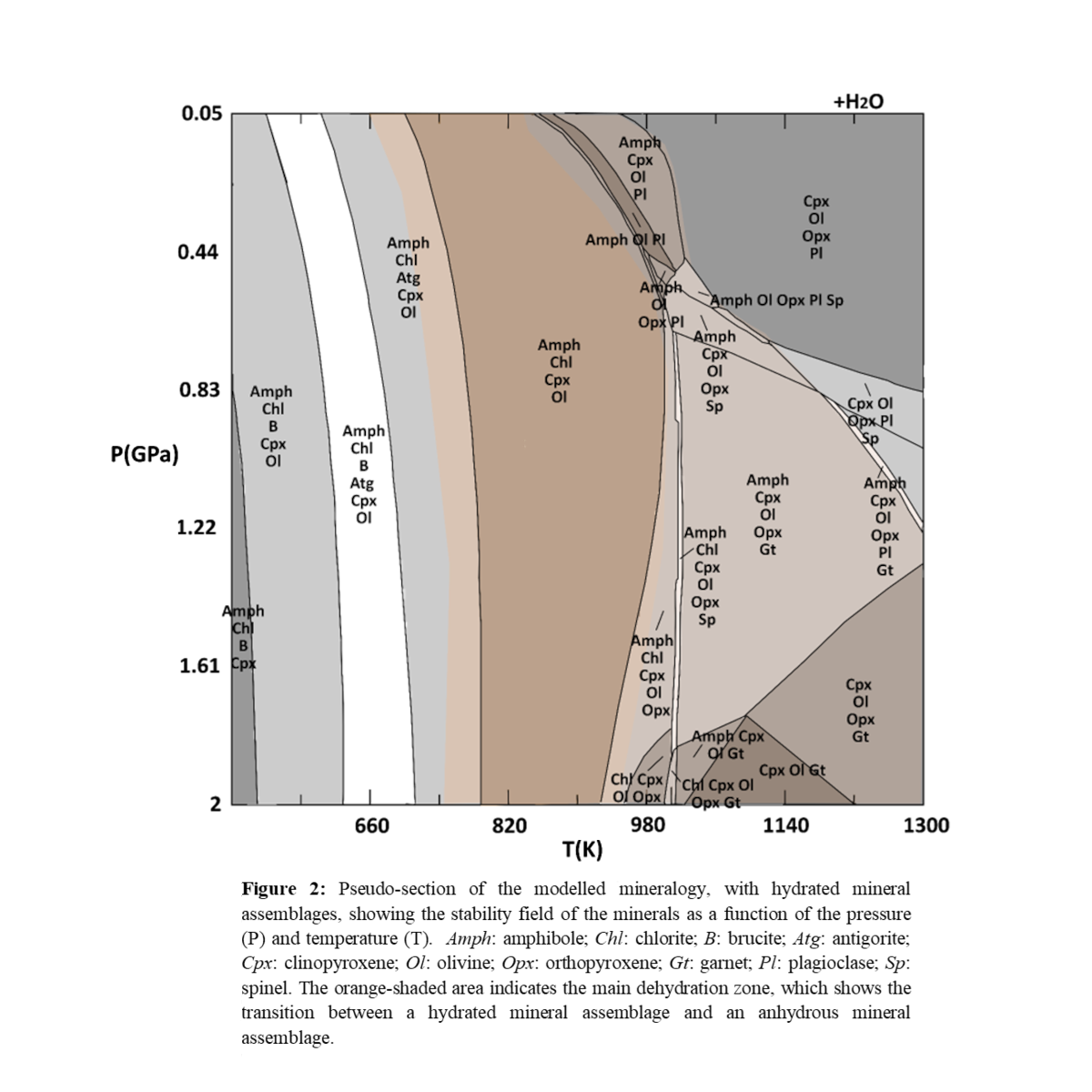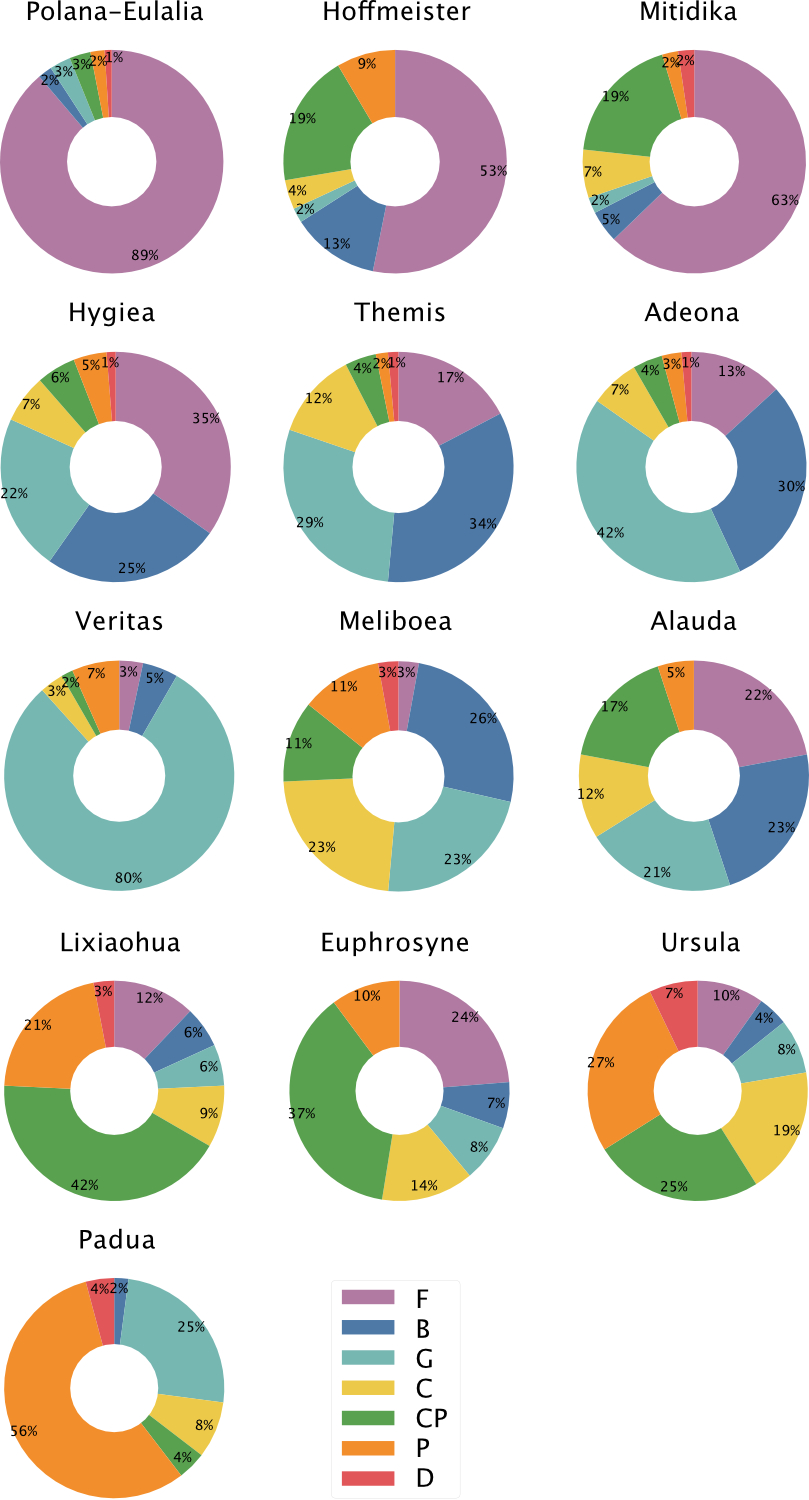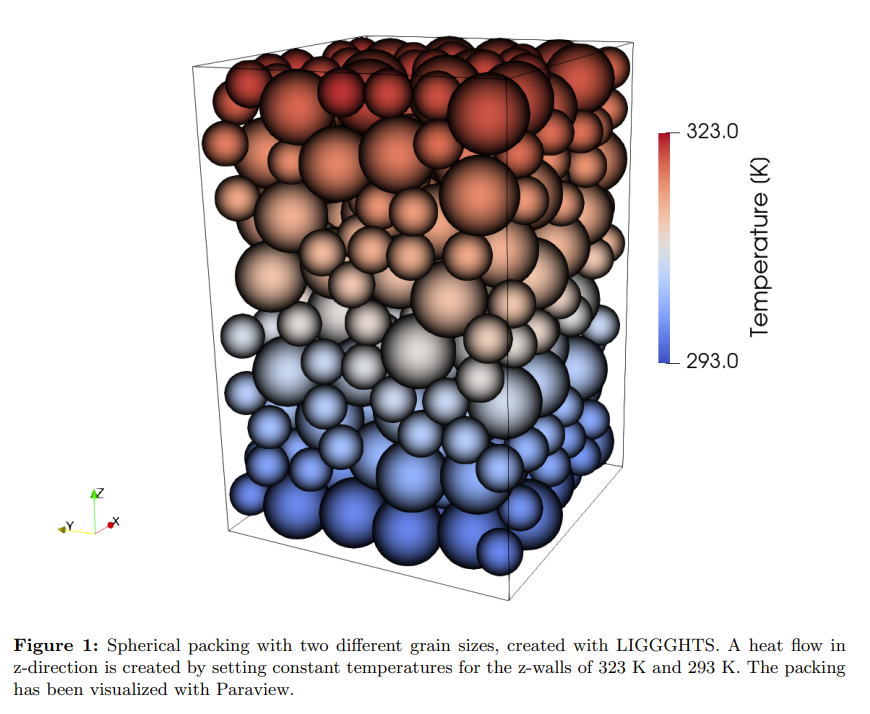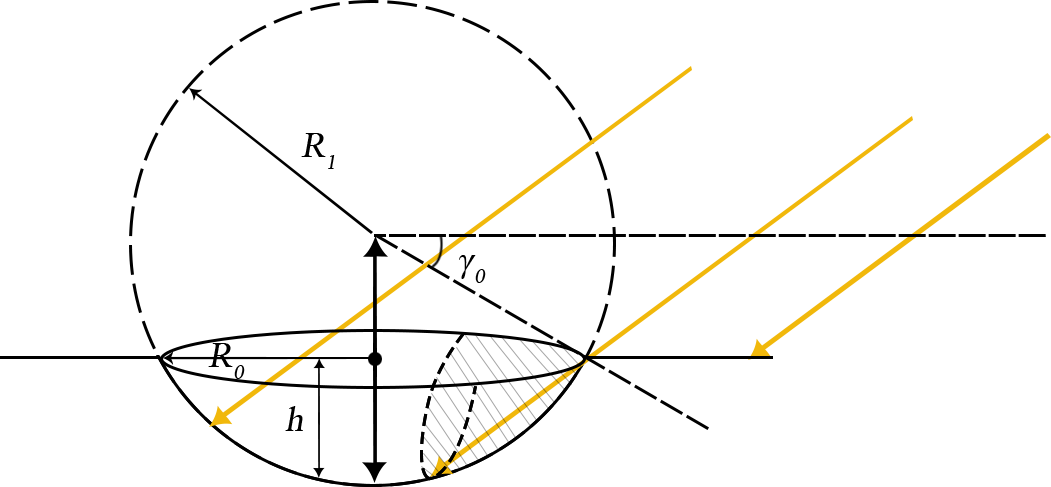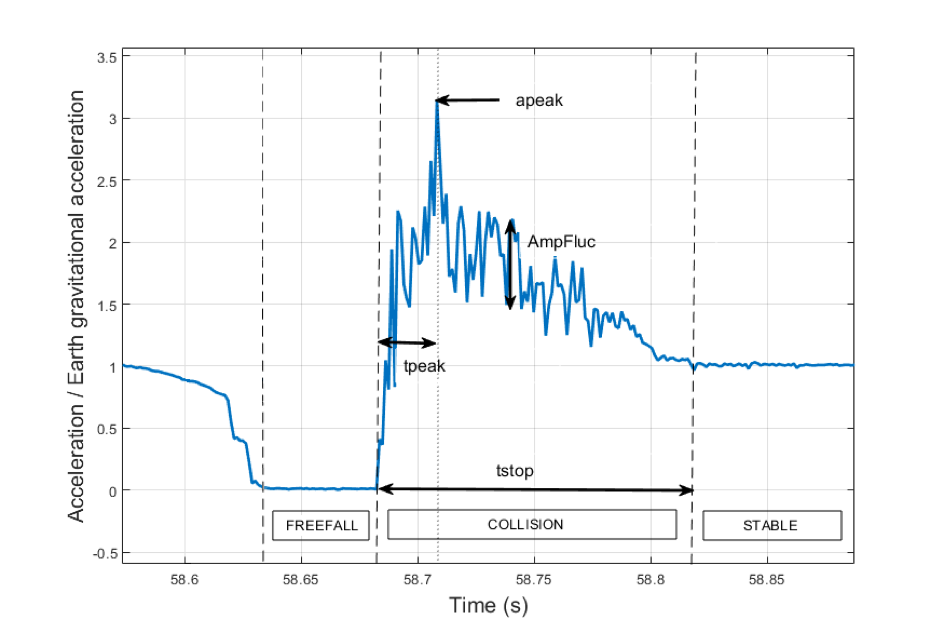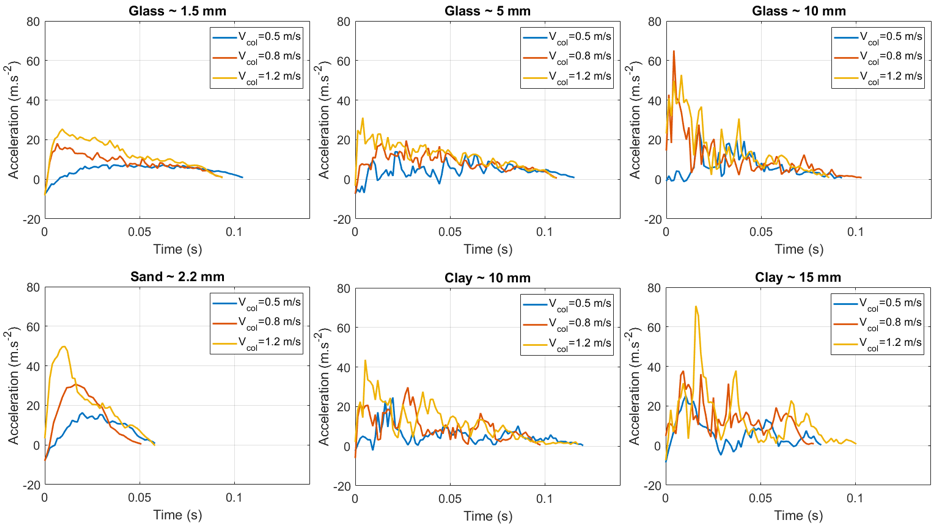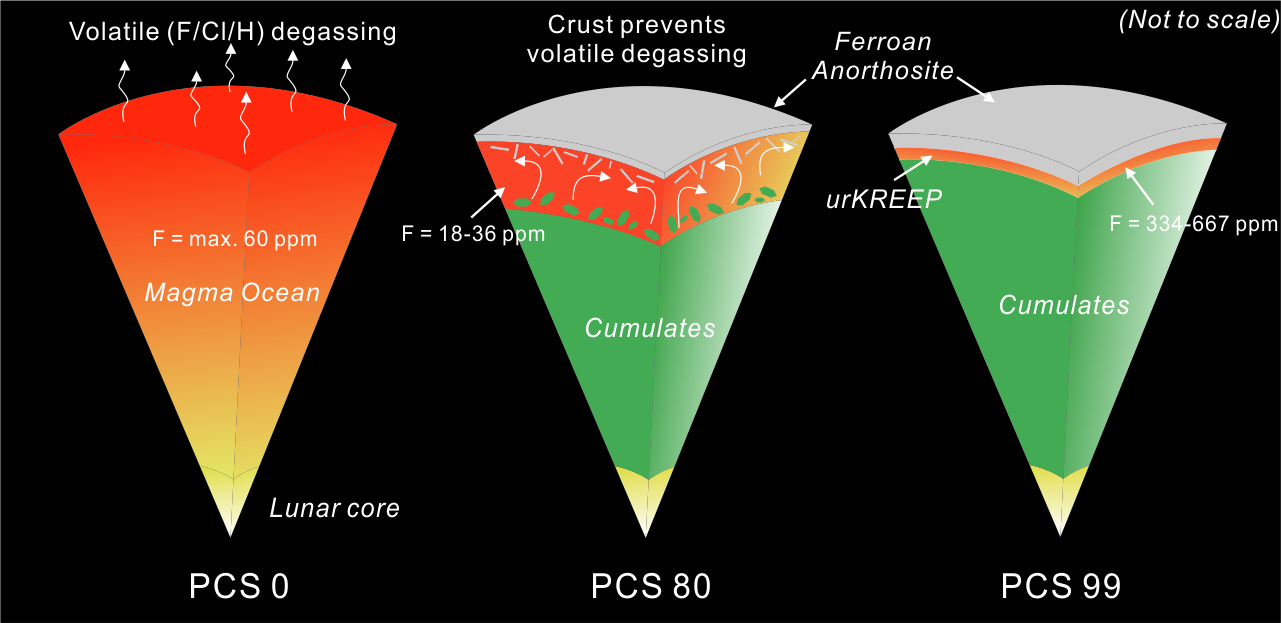Methanol ice structural changes due to thermal processing
Miguel Ángel Satorre, Carmina Santonja, Ramón Luna, Manuel Domingo, Carlos Millán
Escola Politècnica Superior d’Alcoi, Centro de Tecnologías Físicas, Universitat Politècnica de València, Placeta Ferrándiz-Carbonell, s/n, 03801 Alcoi, Spain
Abstract
Methanol is one of the complex organic molecules of interest in astrophysics. This molecule is formed at low temperatures (< 20 K) by CO hydrogenation and survives the thermal processing during some solar system formation. The temperature changes modify the initial methanol structure. The final structure achieved after heating the ice remains virtually unchanged in small body objects in the outer Solar System. If one of these small bodies becomes a comet, the Sun reprocesses the methanol thermally during its perihelion. Our experiments study the structural changes, such as the ice compaction, of methanol deposited at different temperatures and warmed up at different rates. We also monitor the ice crystallization and the interaction ice-substrate, and observe that the ice monolayers interacting with the substrate behave differently from the rest of the ice. This fact could be relevant for the molecule survivor during the Solar System formation.
1. Introduction
Methanol is an exciting molecule as it is the simplest complex organic molecule (COM). That species has awakened interest because they are the link between the simplest ice molecules (H2O, CO, CH4…) and more complex ones such as amino acids. Many Solar System bodies present shreds of evidence of solid methanol, such as KBOs[1] and TNOs[2], and it is also detected in comets[3]. This molecule can survive the star formation period as it has been detected in a warm environment such as HD 100546 (A-type star)[4]. Because of the high temperatures, CO ice is not present in this system, then CH3OH had to be formed in the mother molecular cloud. Then in our Solar System, methanol maybe appears from the priest ice formed during the molecular cloud phase. Depending on the thermal history (and radiation processing), the structure of the ice changes among different amorphous and crystalline structures[5]. As the structure changes, the density of the material does so. Density is a crucial parameter for ion irradiation experiments[6], cause the penetration depth of ions depends on it, and in determining abundances[7], because the integrated band strength also depends on the density. In this communication, we warm up methanol ice at low temperatures and follow its morphological changes by laser interferometry. We relate structure with the minimum density, corresponding with amorphous methanol from low temperatures, and the maximum density, associated with compact amorphous and crystalline methanol ice.
2. Experimental methods
We deposit pure methanol on the cold surface of a gold-coated quartz crystal microbalance (QCMB). During deposition, a double laser interferometric method allows us to control and measure the actual refractive index of the ice and determine the density of the material by knowing the mass deposited on the QCMB. After that, a temperature controller warms the ice at a constant rate. The system records laser signal variations due to structural changes in the ice during the temperature increase.
3. Preliminary results
The amorphous structure evolves without crystallizing up to temperatures almost above 100 K. The effect of compaction does not seem to imply the collapse of the structure, as suggested by Isokoski et al.[8], at least not in all of our experiments. Probably it depends on the conditions of ice formation and warming up of the sample. To study the compaction process of the ice, we deposit methanol at different temperatures and follow the warming-up variation, showing that the compaction depends on the initial amorphous structure. The laser signals drop abruptly when the ice crystallizes at around 110 K, probably because of a strong interaction between the substrate and the monolayers of the ice interacting with the substrate. The drop in the laser signals remains until the ice monolayers closer to the substrate sublimate. Laser signals show a variation just before sublimation, likely because of the crystalline phase change.
4. Conclusions
The amorphous structure of the methanol ice deposited below 20 K, evolves with temperature and becomes more compact at 100 K before it becomes crystalline. The methanol ice structure breaks during crystallization, causing a sudden drop in the laser signals at about 110 K. This drop probably indicates an interaction between methanol-substrate stronger than between methanol-methanol. The laser signals also reveal possible changes in the crystalline methanol structure at about 130 K. The reorganization of the structure after the maximum compaction at about 100 K does not seem to imply denser structures as it is almost constant for those high temperatures, as shown by Luna et al.[9].
Acknowledgements
The PID2020-118974GB-C22 grant of the Spanish Ministerio de Ciencia e Innovación funds this work.
References
[1] Stern, A., Weaver, H. A., Spencer, J. R. et al., Science 364, eaaw9771, 2019.
[2] Barucci, M. A., Merlin, F., Perna, D. et al., A&A 539, A152, 2012.
[3] Bergman, P., Lerner, M. S., Olofsson, A. O. H. et al, A&A 660, A118, 2022.
[4] Booth, A. S., Walsh, C., van Scheltinga, J. T. et al., Nature Astronomy 5, 684-690, 2021.
[5] Torrie, B. H., Binbrek, O. S., Strauss, M., Swainson, I. P., Journal of Solid State Chemistry 166, 415-420, 2002.
[6] Urso, R. G., Baklouti, D., Djouadi, Z., Brunetto, R., EPSC Abstracts 13, EPSC-DPS2019-594-1, 2019.
[7] Fernández-Valenzuela, E., Pinilla-Alonso, N., Stansberry, J., et al., EPSC Abstracts 13, EPSC-DPS2019-1849-1, 2019.
[8] Isokoski, K., Bossa, J. B., Triemstra, T., Linnartz, H., Phys. Chem. Chem. Phys. 16, 3456-3465, 2014.
[9] Luna, R., Molpeceres, G., Ortigoso, J. et al., A&A 617, A116, 2018.


